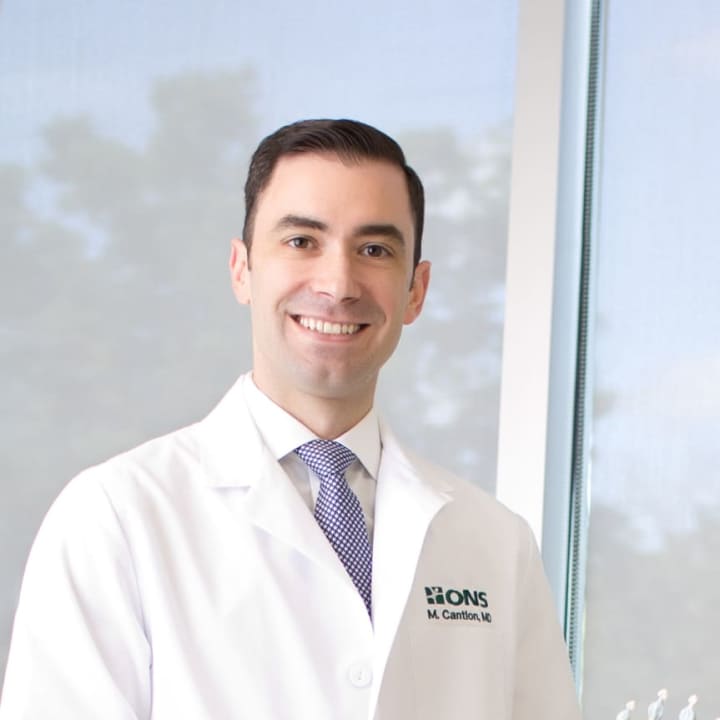According to Dr. Matthew Cantlon, a hand, wrist and elbow specialist at ONS-Orthopaedic & Neurosurgery Specialists in Greenwich, wide-awake surgery allows patients to be completely awake during surgery by using only local anesthesia and eliminating the need for sedation or general anesthetic.
“This technique improves surgical outcomes and patient experience because it eliminates the need for traditional pre-operative testing and fasting on the day of surgery," said Cantlon. "Patients are able to stay alert and interact with their surgeon during the procedure and postoperative plan, without the residual grogginess associated with sedation.”
In the past, patients undergoing hand and wrist surgery had a tourniquet applied around the upper arm and inflated during surgery. In most cases sedation or general anesthesia was required to tolerate the pain caused by the tourniquet. However, in wide-awake surgery, the only medication administered to the patient is a local anesthetic mix injected in the surgical area. This process eliminates the need for a painful tourniquet and patients to be sedated.
The most significant benefit of wide-awake surgery is its ability to improve surgical outcomes. Because certain procedures such as trigger finger release and tendon repairs can be tested voluntarily during surgery with an awake, comfortable patient, rather than performed in a groggy state, results are more accurate.
Wide-awake surgery also requires fewer pre-operative demands on the patient, as there is no need for the battery of preparation tests such as blood work, chest x-rays or EKGs, that are usually required before surgery. Patients also do not need to fast prior to a wide-awake procedure. As a result, these benefits and others save patients time, anxiety, discomfort and unnecessary expenses.
For more information on the hand and wrist procedures offered by ONS, click here.


